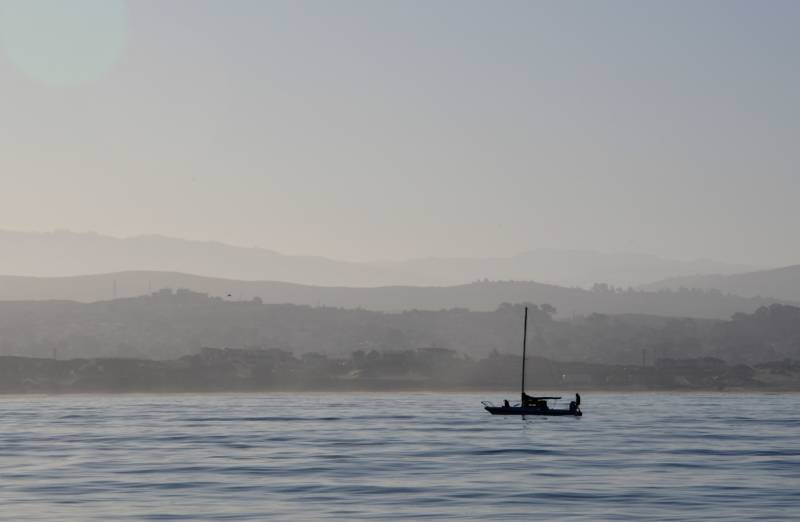Winds carrying greenhouse gases like carbon dioxide can travel up to 60 miles offshore, adding significantly more carbon dioxide into the ocean than previously estimated, according to new research from the Monterey Bay Aquarium Research Institute.
Emissions from tailpipes and factories could be adding roughly 25 million metric tons of carbon dioxide per year into oceans worldwide
When carbon dioxide dissolves into seawater it makes oceans more acidic, and more uninhabitable for species like crabs and coral.
The extra carbon dioxide that the researchers measured means “more of a threat to some of the sea life that inhabits the ocean,” says Francisco Chavez, the study’s lead author.
It’s been widely understood that ships are heavyweight polluters in bays and oceans. But until now, the impact that land-based pollution has on waterways hasn’t been investigated.

